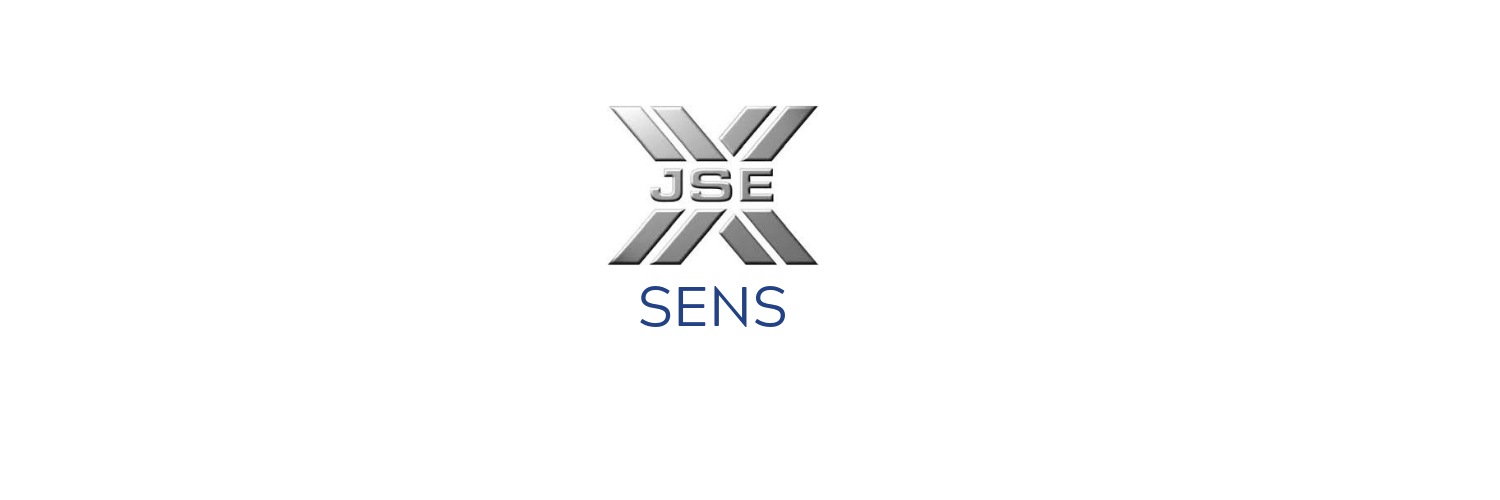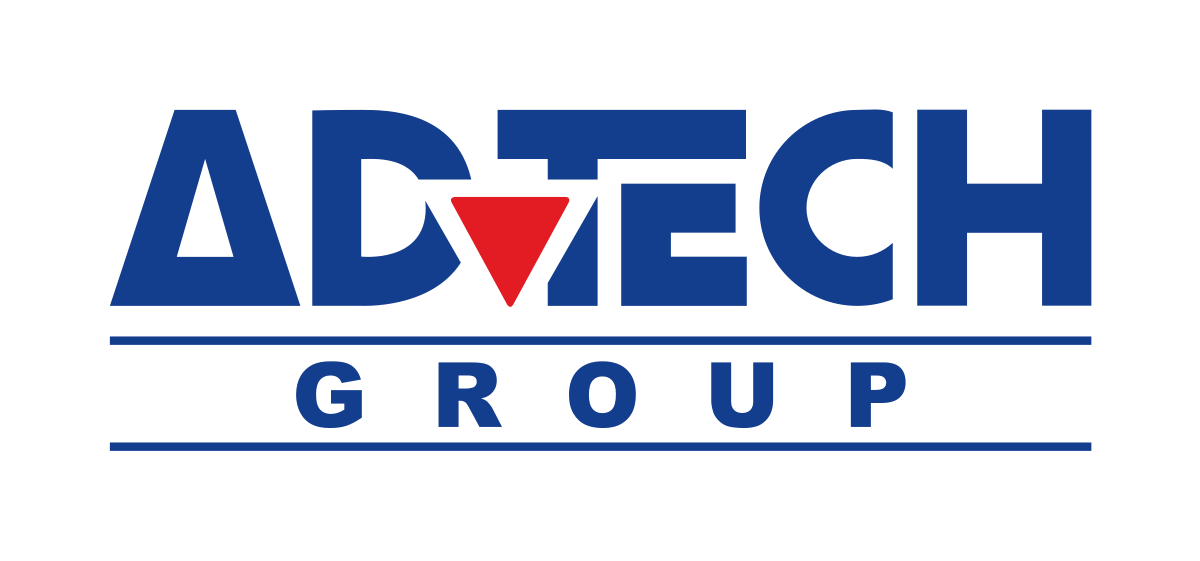November 12, 2025
Article by Dr Linda Meyer By educating more young people, South Africa can enhance its human capital, drive innovation and bolster its position as a regional knowledge hub. Yet, this potential remains largely untapped: hundreds of thousands of qualified South African youth are barred from higher education each year due to financial and capacity constraints. The National Student Financial Aid Scheme (NSFAS), intended as a crucial support for disadvantaged students, is itself ensnared in administrative chaos. Simultaneously, public universities can accommodate only a fraction of the demand. This article explores the pressing need to unblock the NSFAS funding pipeline, the structural pressures underpinning the access gap, the policy and political failures perpetuating the status quo, and evidence-based solutions to sustainably expand higher education access. Massification has arrived South Africa is experiencing a surging demand for higher education that far outstrips the capacity of its public universities. Each year, the number of school-leavers achieving a bachelor pass in the National Senior Certificate exam has been growing. In 2024 alone, roughly 337,000 matriculants earned bachelor-pass marks, qualifying them for university studies. This reflects a broader trend of massification – as the country’s youth population grows and more families see university as the gateway to the knowledge economy, higher education has shifted from an elite pursuit to a mass aspiration. Yet public universities can only enrol about 200,000 to 210,000 new undergraduate students a year. Government enrolment plans, limited infrastructure, and funding constraints have effectively capped first-year intake at this level, year after year. The result is a gaping chasm between demand and supply. In 2024, approximately 127,000 qualified students had no seats at public universities. Each year, well over 100,000 capable young people are, thus, left on the sidelines – a “persistent pool of qualified but unplaced students” with dashed hopes. This unmet demand has several immediate consequences. Firstly, it has given rise to a parallel private higher education sector that is rapidly expanding to absorb those shut out of public universities. Private institutions now enrol over 20% of all higher education students in South Africa and have nearly tripled their numbers since 2010. Major private providers – from multinational college networks to specialised institutes – are growing at 6%-7% annually, far outpacing the stagnant public sector. This growth underscores the extent of latent demand beyond the public universities’ cap. Secondly, pressure is spilling over to other parts of the post-school system. Technical and Vocational Education and Training (TVET) colleges and Community Education and Training (CET) programmes are facing rising enrolment requests as alternative pathways for those who cannot secure university places. However, these sectors have their own capacity and quality constraints and have not been scaled up sufficiently to absorb the overflow. Policymakers thus face an acute dilemma: how to expand access for a growing youth population without overwhelming the system. The tension between widening participation and maintaining educational quality and financial sustainability is palpable. For the past decade, the de facto approach has been to ration limited public university seats while offering NSFAS bursaries to a subset of students, a strategy now buckling under the dual crises of insufficient seats and inadequate funding. The Access Gap Several structural forces are intensifying South Africa’s higher education squeeze. Demographic trends are a fundamental driver: improved access to schooling has produced larger cohorts of matriculants eligible for tertiary study each year. Over 705,000 students sat the matriculation exam in 2024, with more than 615,000 passing – an 87% pass rate. Compounding this is regional migration. South Africa attracts students from neighbouring countries in the Southern African Development Community, or SADC, region, as political and economic instability in countries like Zimbabwe and Namibia drives many youth to seek education opportunities in South Africa. Economic inequality within the country is another structural factor. Extreme income disparities mean that many university-eligible students cannot afford higher education without financial aid; more than 556,000 candidates in the matric class of 2024 were beneficiaries of social grants. Public funding limits form a hard ceiling on expansion, as higher education must compete with other pressing public needs amid slow economic growth, international pressure from the likes of the United States, and high debt-to-GDP ratios. Fixing NSFAS NSFAS was conceived as a lifeline for students from low-income families, but it has become a bottleneck stifling the system. Chronic administrative failures have led to repeated delays in disbursing student allowances, often leaving students stranded without food or accommodation and sparking protests that disrupt the academic calendar. NSFAS disclosed to parliament that, in 2025, it is oversubscribed by ZAR10.6 billion (about US$606 million) for university education. These operational breakdowns are exacerbated by weak governance and frequent leadership changes, undermining ongoing improvement. Consequently, the scheme intended to widen access has become a source of instability on campuses. Financially, NSFAS is unsustainable. The scheme now consumes nearly 36% of the entire higher education budget – about ZAR50 billion annually – yet still fails to meet student funding needs. Its funding allocation has grown explosively (from ZAR48.7 billion in 2025 to a projected ZAR53.4 billion by 2027) without evidence of improved efficiency. Despite this massive expenditure, NSFAS cannot cover all eligible students: more than 615,000 learners qualified for higher education in 2024, but many went unfunded. Those most affected are the very students NSFAS is meant to help – youths from working-class and poor households, who are disproportionately harmed by delayed or denied funding. NSFAS’s loan book is plagued by rising debt and negligible recovery from graduates, indicating that the current model, essentially a grant for most recipients, is fiscally broken. Governance scandals compound these issues. Persistent allegations of corruption, irregular tenders and maladministration have eroded public trust. Oversight is feeble: NSFAS has struggled to effectively monitor the private service providers tasked with disbursing student living allowances, leading to funds going missing or being paid late. The systemic consequences are dire. The failure of this state-led funding model is undermining confidence in the government’s ability to deliver on its education rights commitments. It also exacerbates inequality (only students with other means or exceptional persistence can survive the funding shortfalls) and fuels instability as frustrated, debt-burdened youth take to the streets – as is the case at the University of Fort Hare. Moreover, NSFAS’ failures push thousands of unfunded students towards private colleges or the labour market, highlighting the fragility of the public system and shifting the burden to families or private institutions. In short, fixing NSFAS is a first-order priority: without a functional student aid system, expanding access will remain an empty promise. Growth in private providers The rapid expansion of South Africa’s private higher education sector represents one of the most profound shifts in the country’s post-school landscape since the dawn of democracy. In less than two decades, private higher education institutions (PHEIs) have evolved from niche providers serving a small professional market into a substantial and growing component of the national higher education system. Whether the Department of Higher Education and Training (DHET) embraces it or not, private higher education is now an indispensable part of the larger ecosystem, absorbing unmet demand, diversifying access pathways, and increasingly shaping national skills. The empirical evidence is striking. Between 2010 and 2023, PHEI enrolments almost tripled – from 90,767 to 286,454 students – reflecting an annual growth rate of around 6%-7%, compared to the public university system’s near stagnation in total enrolments, which have plateaued at roughly 1.07 million since 2017. At this pace, and, assuming modest public institution expansion, projections show that private higher education could surpass the public university system in total enrolments between 2045 and 2049. These figures challenge the long-held assumption that higher education is, and must remain, predominantly a public endeavour. Instead, they reveal a structural rebalancing of the system. It is into this vacuum that private institutions have stepped, often more agilely and responsively than their public counterparts.














